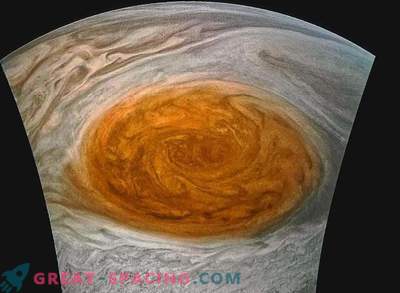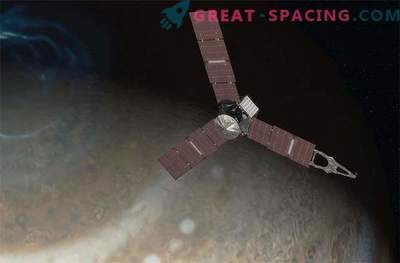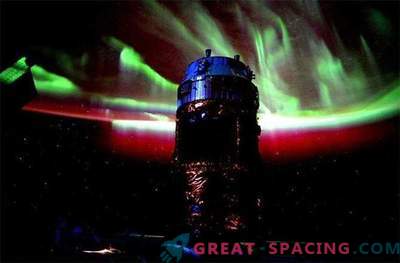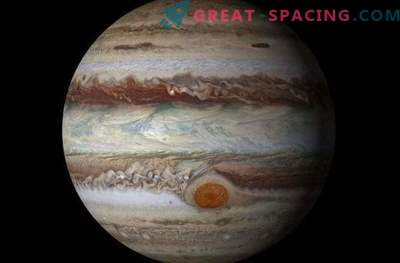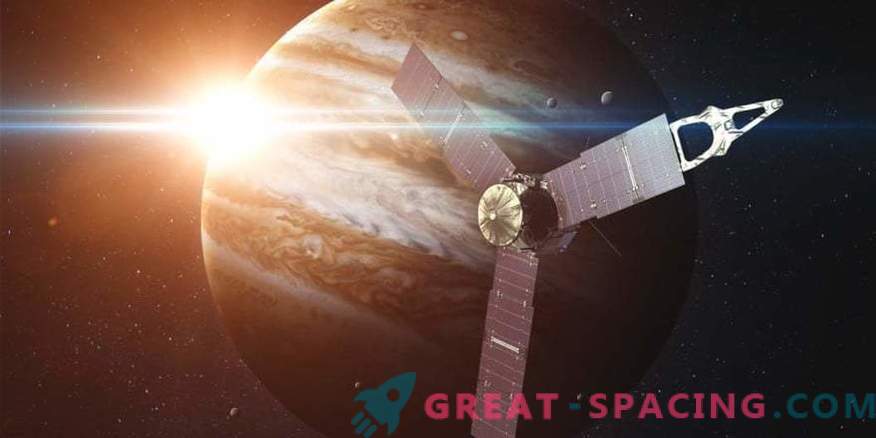
The frame taken by the Subaru telescope reflects the weather in the atmosphere of Jupiter. Such pictures were taken over several months to supplement the mission of Juno. The purpose of the device is to explore the interior of the planet, namely the deep structure of the atmosphere, along with details of the magnetosphere and the interaction of auroras with the planet. Scientists used Subaru to coordinate the mission and select the best locations for review.
In May observations it was possible to obtain the spectra of the Great Red Spot and the territory around it. Analysis shows that this largest whirlwind in our system increases toward the center. That is, the winds rose to the center much more vigorously and fell to the periphery.
Unusually strong turbulence was observed in the northwestern part. Visible were cold and cloudy lines, alternating with warm and clean. This helps to create the most accurate 3D computer model of the winds.
Juno made 5 major passages past the atmosphere of Jupiter. The first is on August 27, 2016, and the last (sixth) is on May 19, 2017. In each passage, researchers received a new batch of surprises. We should not forget that we owe additional information to ground-based devices, among which are x-ray sensors and ground-based observatories. The NIRI instrument on the Gemini Observatory telescopes also helped a lot. He managed to map the planet in the near infrared range, measuring reflected sunlight from clouds and haze particles in the upper troposphere and lower levels of the Jovian stratosphere.
Juno started in August 2011 and began to rotate around the planet in July 2016. The main goal is to collect the maximum information about Jupiter, especially about atmospheric phenomena. The Subaru telescope boasts an 8 meter mirror, so it guarantees the best observation from the Earth. Moreover, he manages to provide the highest spatial resolution of the heating of the planet’s stratosphere. It is compared to the processes of auroras in the ultraviolet and infrared regions.



